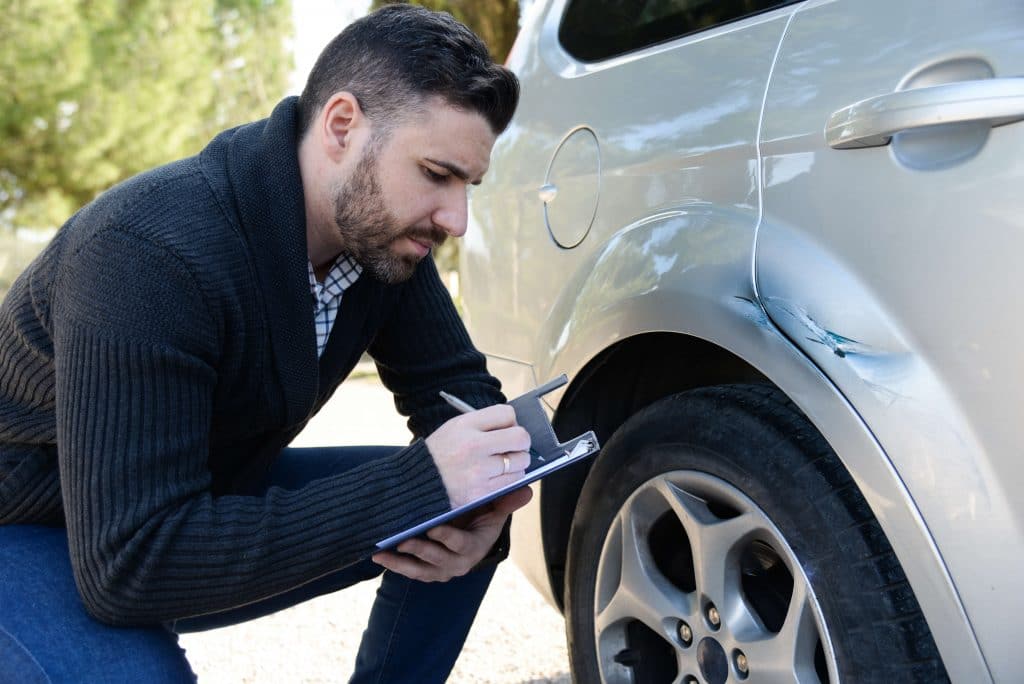What Factors Affect Car Shipping Rates?

Lila Claybourne
Oct 27, 2021

Auto transport companies ease the burden of moving your vehicle across the country. They save your car a ton of mileage, wear and tear, and your time. If you’re wondering how a car’s shipping price is calculated, several important factors are at play. You may be surprised to learn that carriers set the prices, not brokers. Brokers usually have to abide by market prices set by thousands of carriers. Any factor that affects the carrier’s profits affects a car’s shipping price. We’ll walk you through the biggest influences on car shipping prices below.
Seasons. Car shipping, like many other industries, has periods of high and low demand. The seasonality of demand affects car shipping prices. Because many people want to transport their vehicles in the spring and summertime, prices are higher during those seasons. In the fall, winter when demand is lower, prices are cheaper. Shipping during holidays and periods of bad weather (see below), however, increases costs.
Weather. Weather can greatly affect auto shipping rates. Carriers prefer to avoid potentially dangerous weather conditions. If they have to drive through sleet or snow to deliver your vehicle, they must be extra careful and may have to modify their trucks with tire chains. The dangers that bad weather presents to both the driver and your vehicle will cause shipping prices to rise.
Location. A car’s pickup and drop-off locations influence pricing as well. It should be obvious that the farther your vehicle needs to be transported, the more it will cost to ship it. However, the type of location also matters. If you need to ship your vehicle to a location that is on one of the most popular routes for the auto shipping company, they may offer a reduced quote. If you need your vehicle shipped to a rural area where the carrier has to diverge from their main route, they will likely charge more for shipping. This is because carriers like to stick with major highways and bigger cities when picking up and dropping off. You might also pay more if you live in a congested city or a mountainous area. Basically, locations that are off the beaten path or difficult for big trucks to get into are not attractive to carriers. AmeriFreight will always try to find the best possible shipping situation for your vehicle. We will look at all of the factors and work with carriers to get a reasonable car shipping rate.
Shipping Method. Car shipping companies offer several shipping methods to cater to various needs and budgets. Most people choose to ship their vehicles via open car transport for cheaper rates. Unfortunately, carriers cannot protect cars from debris and weather conditions when using this method. Enclosed shipping completely protects cars from the elements, but the downside is it’s more expensive. Similarly, shipping your car to your door costs more than shipping it to a terminal or a landmark right along a carrier’s route. If you choose to pick up at a terminal or landmark, you will have to find transportation to and from the place.
Truck Capacity. Most auto shipping companies rely on economies of scale. It is more expensive for a carrier to drive a half-empty truck because of lost revenue. To make up for this loss, it will have to pass the expense onto customers who are using an unfilled truck for shipping.
Vehicle Size and Weight. What type of vehicle do you own? Is it large or small? A vehicle’s type determines its size. The bigger a vehicle, the more space it takes up. Carriers charge more for hauling larger cars like SUVs or pickups than for smaller cars such as mini coopers or regular sedans. Smaller vehicles such as mid-size cars, compact SUVs, and two-door trucks may actually bring the carrier’s asking price down. A 40 ft. truck can hold two to four cars, depending on the size of the cars themselves. Transporting a large car means transporting fewer cars overall. Some carriers only have the capacity for two to three cars while others can haul up to twelve cars!

Vehicle Condition. Make SURE that you’re completely honest about the running condition of your vehicle. Carriers have a much more difficult time shipping cars that don’t run compared to those that do. The ability to steer, roll and brake helps carriers easily and properly load a car onto a trailer. If your car cannot steer, roll, and brake, then the carrier has to use a winch or other equipment to secure the vehicle. They often have to resort to loading with a wrecker or forklift, too. Dealing with an inoperable vehicle requires extra work and equipment for the driver. For this reason, many car transport companies only ship vehicles that can roll, brake, and steer, while others charge extra to ship inoperable cars.
Delivery Preference. If you can be flexible with pickup and delivery dates, it can help you save money. The more time we are given to find you a carrier, the chance we have to save you money from the market rate. If you need immediate shipment, the price will generally be higher. This is in part due to the way carriers plan their routes. Carriers may need to alter their typical routes to grab your vehicle quickly, and they will charge more for that. Given the Department of Transportation time limits, drivers are allowed to be on the road in a given day, diverting to grab a must-ship-now vehicle may throw off their entire load. When this happens carriers will ask more for auto transport.
Economic Conditions. Gas/Diesel rates factor into carrier rate adjustments. Expect to pay around $100 to $300 extra during economic downturns. The COVID-19 situation also has led to an increase in prices because of additional risks and precautions drivers have to take.

Discounts. Many auto shipping companies, including AmeriFreight, offer specific discounts. Always ask your auto transport company which discounts are available and if you qualify. At AmeriFreight, we offer discounts to military members, first responders, students, senior citizens, Early Birds who reserve within 48 hours of receiving a quote, return customers, and people shipping multiple vehicles. Talk to one of our car transport specialists and let them know if you fall into one of these categories. Be sure to have the proper identification or documentation on hand to submit to receive a discount. See our Discounts page for more details.
Personal Belongings in Vehicle. Customers are quick to take advantage of the space in their cars by loading it with personal belongings. This would normally be fine for people who are moving, as they can use the trunk and passenger seats for transporting goods while the car itself is transported. Weighing down a car with personal belongings, however, increases the car’s overall weight, which affects the car shipping cost. Most auto transporters prohibit stuffing a car with personal belongings, even though many clients wouldn’t mind paying an extra fee. Even if your belongings are insured, car shipping companies generally aren’t licensed to transport household goods and will refuse to do so. Customers need to clean out the car for the carrier and arrange for a household mover to transport their personal belongings.
Top Loading. The phrase “top load” refers to the top level of the carrier truck. Most carriers have two levels where cars are loaded. When you request your car to be placed at the top, expect to pay $100 or more. If you use open car transport, then your car will likely be shipped with several other vehicles. Some older vehicles may leak fluids. If an older vehicle is directly above your vehicle, messy fluids may leak onto your car. Most people can simply wash their car if this occurs. If you’re shipping a classic car, it’s a good idea to pay the extra fees for top-load to protect your vehicle from damaging fluids or choose to ship on an enclosed carrier.
You’re probably familiar with the debris that scatters the highways of America. Dirt, rocks, car parts, tire treads, roadkill, and human trash frequently litter the highway. Some of this road debris can fly up from under the tires of other vehicles, especially trucks, and hit your vehicle. Rocks and even dirt can dent your car if they’re hurled fast enough. It is even possible for road debris to crack windshields. Loading your vehicle at the top keeps it off the ground and away from most flying debris.
Now that you understand the factors behind a car’s shipping price, you can gauge your own cost based on your situation. Even better, use our FREE car shipping rate calculator to receive a customized estimate. Simply plug in a few details about you and your car, then receive a free auto shipping quote in seconds!
Related Posts
















